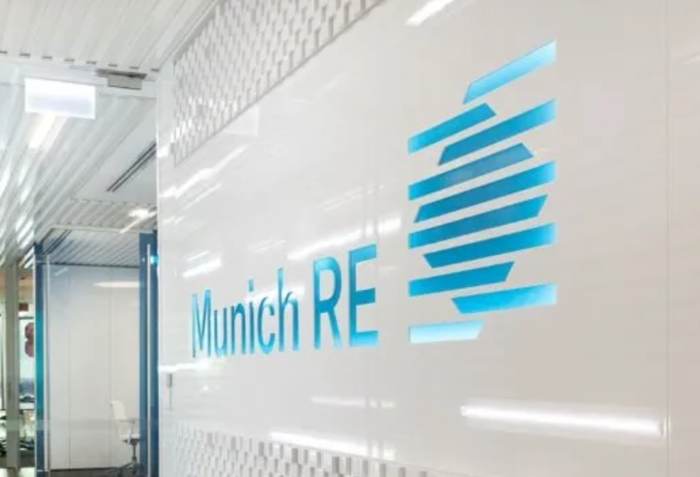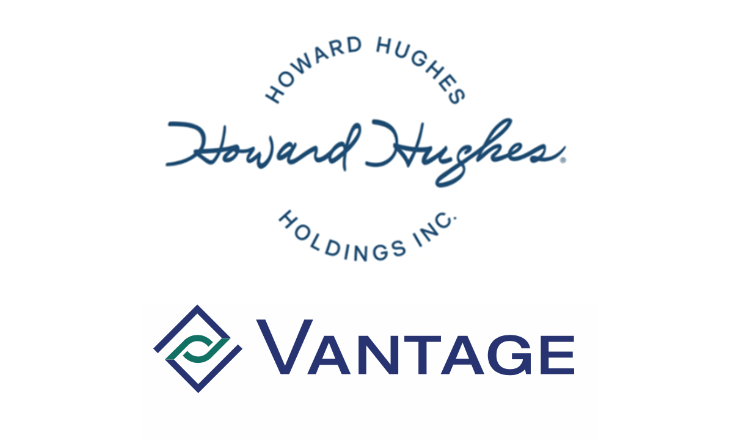
In announcing its results this morning, global reinsurance giant Munich Re has cited two factors in helping to improve market conditions and provide opportunities for growth, increasing demand for protection and tightened capacity, in particular from alternative market sources., Munich Re reported record premiums for 2021 and is forecasting another record year for 2022, with further significant growth expected to be achieved in the firmer reinsurance market.Munich Re, like so many others, has taken the opportunity to grow through 2021 and expects to continue that trend in 2022.One drive is Munich Re’s ability to capitalise on market conditions.
But another is capitalising on the opportunity presented, in particular by dented insurance-linked securities (ILS) market capacity.The reinsurer explained what is driving the reinsurance market and what is likely to keep rates hardening in property and casualty risks.In part it is the higher loss experience seen in 2021, with elevated natural catastrophe losses once again applying pressure across the industry.
This has served to increase the risk awareness of cedants, Munich Re believes, which will be one driver for its expectations of elevated demand as well.These factors have driven a flight to quality, which Munich Re would clearly expect to benefit from given its long-history in the market and strong balance-sheet.But they are also core drivers for the upwards pressure on reinsurance rates, through the upcoming April renewals, as well as the all-important and more US focused mid-year renewal season.
Another factor that has helped the reinsurance market, in Munich Re’s opinion, is that higher demand for protection has met a market with tightened capacity.Here, Munich Re in particular singles out tightened alternative capacity as one of its key drivers for reinsurance market hardening.The company explained that it is looking to seize the tailwinds from the hardening P&C reinsurance market to build additional scale.
Hence .At the same time, Munich Re feels its actions are helping to lower volatility from natural catastrophe losses, including portfolio steering actions and a pull-back on aggregate covers.The company said it has restricted its writings of event frequency and aggregate protection, while another important area of action is factoring in inflation assumptions to portfolio decisions.
Munich Re continues to rely on a stable retrocession program, but it will be interesting to see whether continued growth could result in some more retro activity from the company in future years.At the least you might anticipate some growth in retrocession arrangements to be required.The company has raised its major loss budget for 2022 to 13%, up from 12%, which analysts have welcomed as another way to moderate volatility in results, while growing into the harder reinsurance market.
A half a percentage point has been added to the nat cat budget and the man-made loss budget for 2022.Of course, there is a very positive read-across from Munich Re’s commentary on the reinsurance market to the prospects for ILS funds, especially those that have been able to come out of 2021 without too significant a dent to their assets under management..———————————————————————.
All of our Artemis Live insurance-linked securities (ILS), catastrophe bonds and reinsurance can be accessed online.Our can be subscribed to using the typical podcast services providers, including Apple, Google, Spotify and more.
Publisher: Artemis








